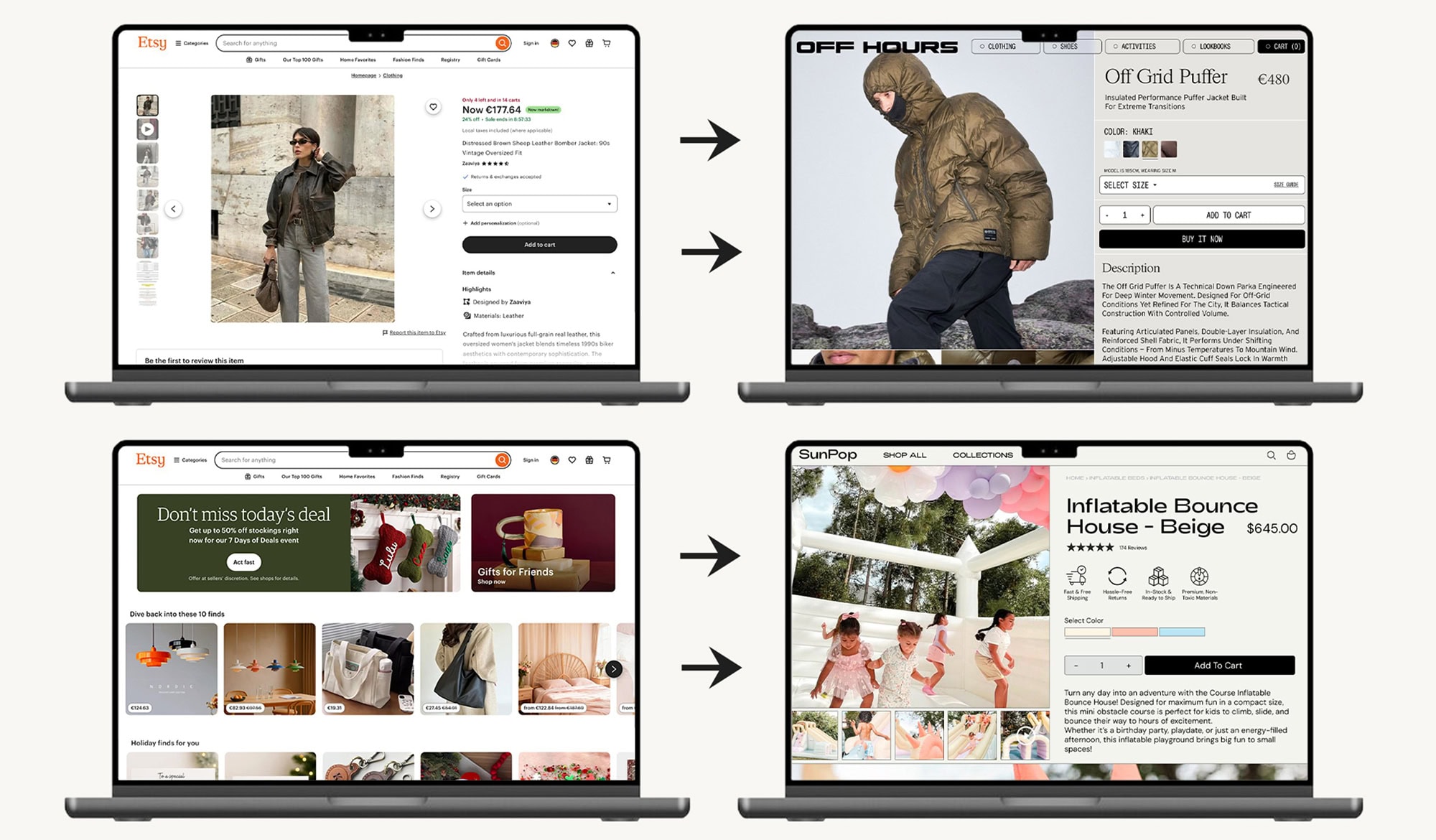Ultimate Shopify Compliance Checklist for International Websites
Running an online store internationally comes with a mix of legal and regulatory obligations. Ignoring them can put your business at risk of fines, lawsuits, or blocked accounts. Here’s a practical, easy-to-follow checklist for Shopify store owners to make your site compliant with major international and U.S. regulations—including California-specific rules.
1. Accessibility Compliance (ADA / WCAG)
Goal: Make your website usable for people with disabilities.
Checklist:
- Add descriptive alt text for all images.
- Ensure your site has high contrast between text and background.
- Make all forms, buttons, and interactive elements navigable via keyboard.
- Use semantic HTML and headings (H1-H6) correctly.
- Label elements with ARIA attributes where necessary.
- Test your website with accessibility tools or screen readers.
- Include an Accessibility Statement page explaining what you’ve done and how users can report issues.
Note on California: While recent court cases suggest online-only businesses may have limited liability under the Unruh Civil Rights Act, accessibility lawsuits still happen in California. Implementing WCAG standards helps reduce risk.
2. Privacy and Data Protection (GDPR, CCPA/CPRA, COPPA)
Goal: Inform users how their personal data is collected, stored, and used, and give them control.
Checklist:
- Add a Privacy Policy page detailing:
- What personal data is collected (name, email, payment info, cookies, etc.)
- Why the data is collected and how it is used
- How users can access, correct, or delete their data
- How data is shared with third parties (apps, analytics, shipping services)
- Contact info for privacy inquiries
- Implement a cookie consent banner:
- Block non-essential cookies until the user consents
- Allow users to opt in or opt out of tracking cookies
- If you collect data from children under 13, ensure COPPA compliance
- For EU residents, ensure GDPR compliance
- For California users, allow opt-out of data selling under CCPA/CPRA
3. Cookie and Tracking Compliance
Goal: Comply with laws requiring consent before tracking users.
Checklist:
- Install a cookie consent banner for all international visitors.
- Block analytics, advertising, and tracking scripts until users opt in.
- Provide a Cookie Policy page listing:
- Types of cookies used (necessary, functional, analytics, advertising)
- Purpose of each cookie
- How users can manage or disable cookies
4. Consumer Protection and Product Safety
Goal: Ensure your products and marketing practices are transparent and safe.
Checklist:
- Clearly list product descriptions, prices, and shipping fees.
- Add Return & Refund Policies:
- Conditions for returns, refunds, and exchanges
- Timeline for processing returns
- For California customers, include Prop 65 warnings if products contain chemicals on the state’s list
- Ensure all advertising and marketing materials are truthful and not misleading
- Include a Terms & Conditions page detailing:
- Order process
- Limitation of liability
- Payment terms
- Shipping and delivery information
California note: Prop 65 warnings apply even if your business is outside the U.S. but ships into California. Lawyers often send demand letters for missing or unclear warnings.
5. Intellectual Property Compliance
Goal: Respect copyright, trademarks, and other creators’ rights.
Checklist:
- Use only images, videos, fonts, or code that you have a license for or created yourself
- Add a Copyright Notice in the footer of your website
- Include a DMCA / Takedown Policy if you host user-generated content
- Avoid using brand names or logos without permission
6. Security and Payment Compliance
Goal: Protect your customers’ data and transactions.
Checklist:
- Install SSL / HTTPS for all pages, including checkout
- Use secure, PCI-compliant payment gateways
- Implement regular backups and security updates
- Display a brief Security Statement reassuring users their data is safe
7. Marketing Compliance
Goal: Comply with email and communication regulations internationally.
Checklist:
- Include unsubscribe links in all marketing emails
- Avoid sending unsolicited emails (spam) to users who haven’t opted in
- For EU users, follow GDPR opt-in rules for email marketing
- For U.S. users, follow CAN-SPAM rules
8. Age-Restricted Products
Goal: Comply with age verification laws where relevant.
Checklist:
- For products like alcohol, vaping, gambling, or adult content:
- Add an Age Verification Prompt before accessing product pages
- Ensure users are legally allowed to purchase before checkout
9. Optional but Recommended Pages
Even if not legally required in every jurisdiction, these pages reduce risk and build trust:
- Accessibility Statement
- Shipping Policy
- FAQ / Customer Support Policy
- Sustainability or Ethical Sourcing Statement (if applicable)
Practical Tips for Shopify Compliance
- Use Shopify apps for cookie consent, accessibility audits, and GDPR compliance to simplify implementation.
- Regularly review laws for updates (especially Prop 65, CCPA/CPRA, GDPR).
- Keep all legal documents (privacy, terms, cookie policy, accessibility statement) linked in the footer of every page.
- Consider consulting a lawyer if your business ships globally or to high-risk jurisdictions like California or the EU.
- Your web designer or developer can help with technical implementation (alt text, contrast, cookies, banners, forms), but legal compliance is ultimately your responsibility.
Following this checklist won’t make your site completely “lawsuit-proof,” but it will drastically reduce your exposure while keeping your international Shopify store legally compliant and trustworthy to customers.
Note: Your web designer or developer can help implement many of these compliance features—like adding alt text to images, adjusting color contrast, setting up cookie banners. However, full legal compliance depends on your business operations, products, and how you collect and handle customer data. Ultimately, it’s the business owner’s responsibility to ensure that all laws and regulations are properly followed. Consider consulting a legal professional to review your website and policies to make sure you’re fully compliant.








.jpg)

